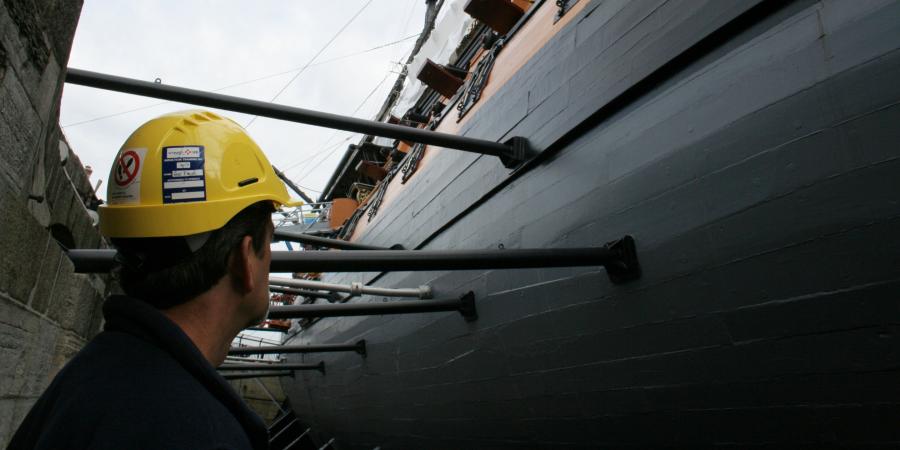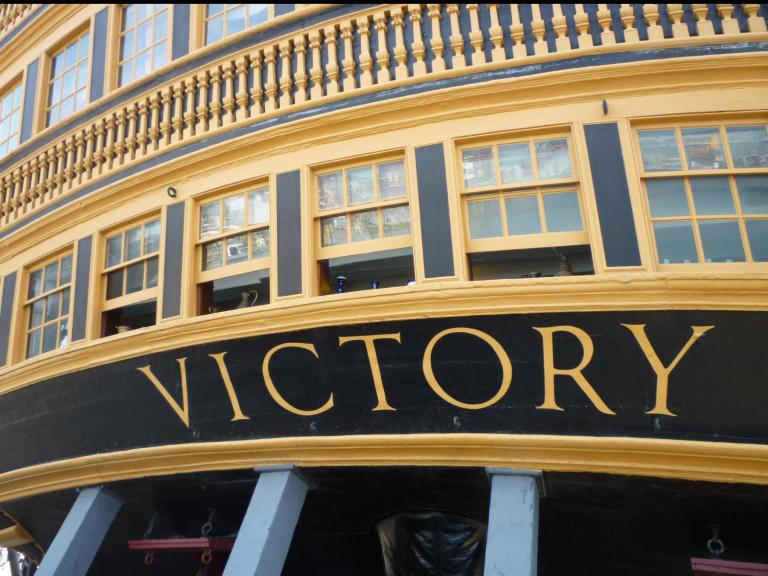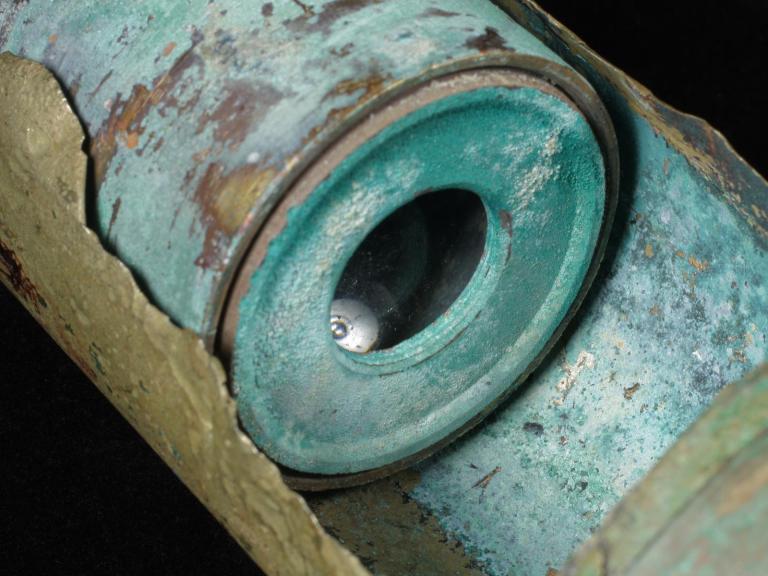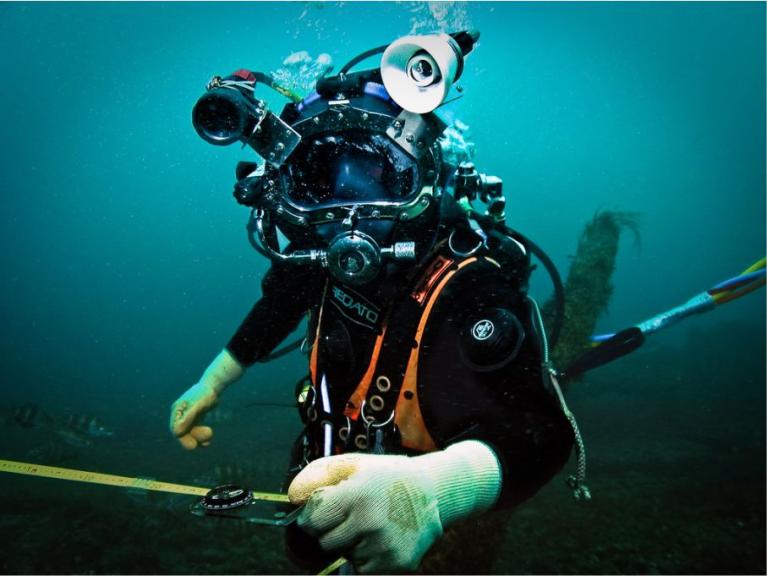50.800510349868, -1.109619140625
The National Museum of the Royal Navy (NMRN) has the UK’s largest collection of naval vessels and artefacts, including internationally famous ships such as HMS Victory, HMS Warrior and HMS Caroline.
Wessex Archaeology has worked closely with the NMRN as it expands to cover more historic naval vessels around the UK. Following on from our first project putting together the Conservation Management Plan for Nelson’s flagship HMS Victory, we have also completed Conservation Management Plans and associated recording work for the WWI cruiser HMS Caroline, last survivor of the Battle of Jutland and the submarine HMS Alliance, as well as ongoing work for several other vessels within the NMRN family.
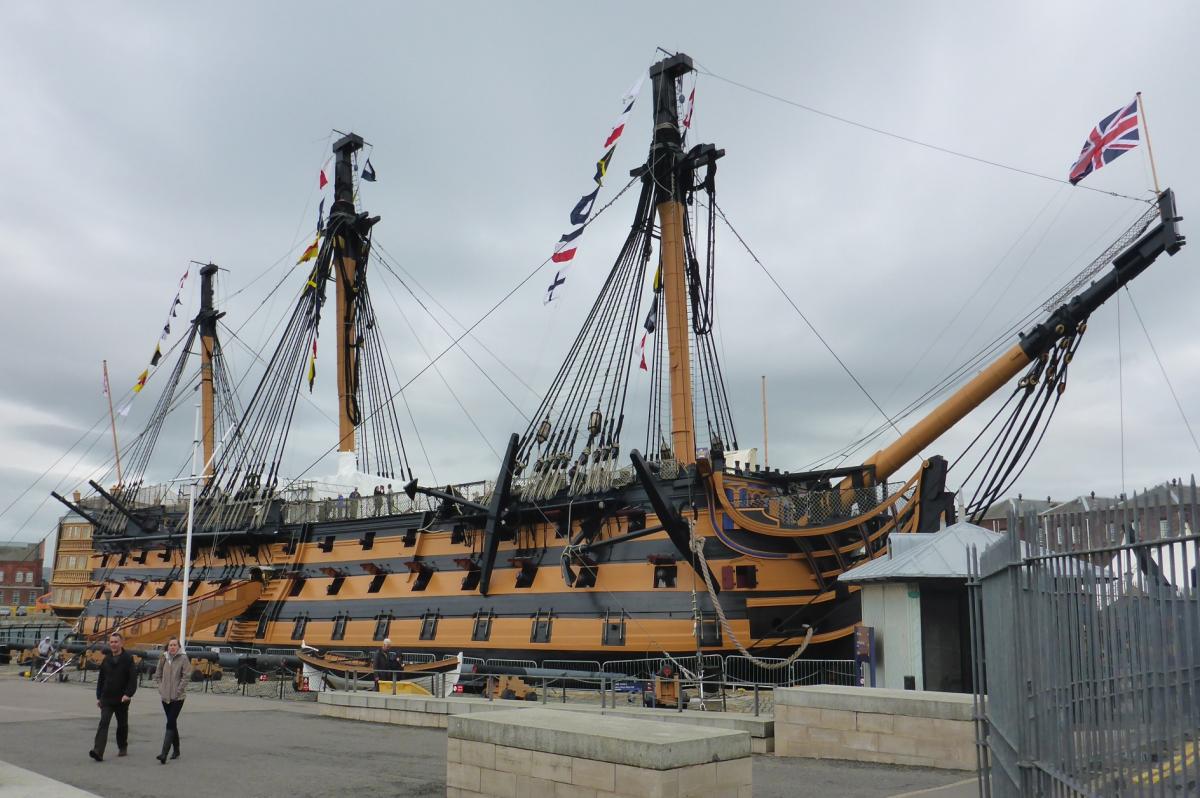
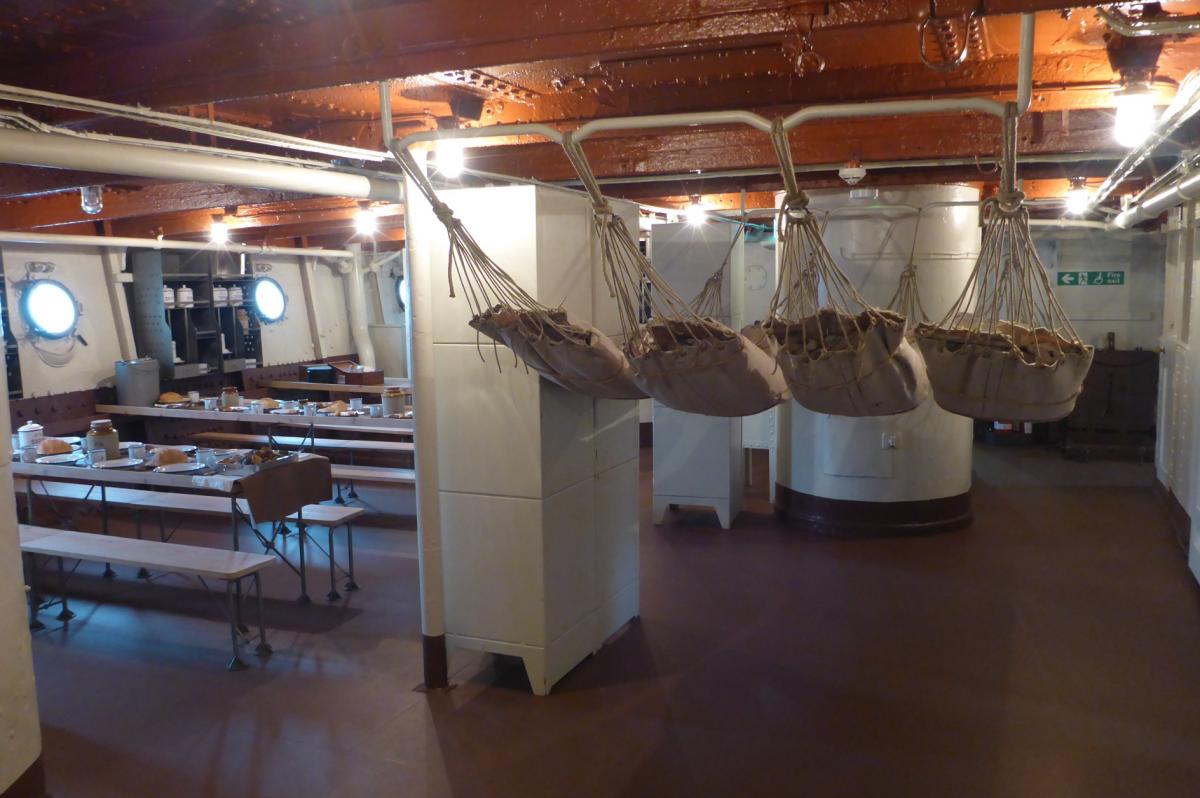
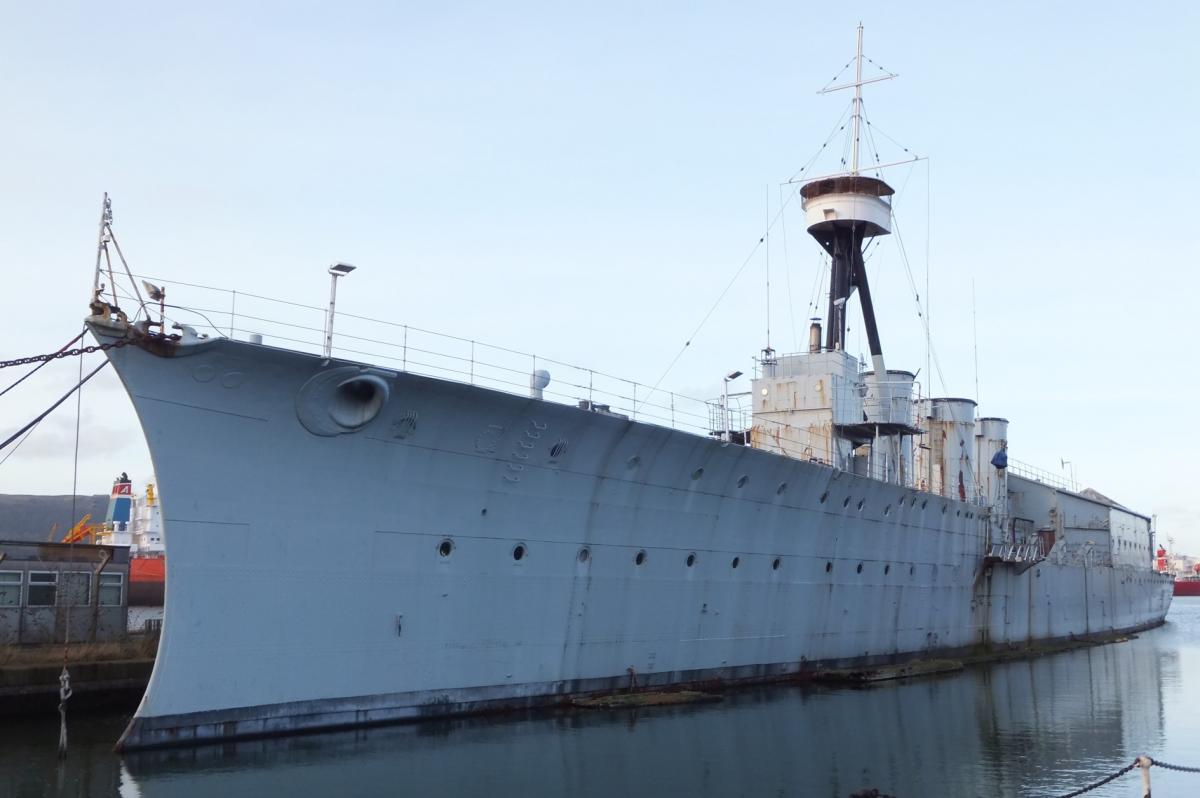
Conservation Management Plans
The preparation, form and structure of our maritime CMPs are based on James Semple Kerr’s (2013) The Conservation Plan, and the guidance provided by Understanding Historic Vessels – Volume 3: Conserving Historic Vessels (National Historic Ships, 2010).
The comprehensive CMPs work to the key principles that
- Historic Ships, Vessels and Boats should be conserved according to their significance.
- The aim of conservation is to retain significance and pass it on for future generations.
- All aspects of significance should be dealt with in a considered way (National Historic Ships, 2010).
There is no ‘one size fits all’ CMP for historic vessels: each ship, boat or vessel has its own unique history, through different construction techniques, different construction materials and all of the adaptations, refits, repairs and previous conservation methods. Each of these vessels has experienced unique lives, with some being museum ships for over a century, going through multiple levels of conservation and repair with preservation in mind, if not always in practice. Others have remained as serving vessels until recently, with all the operational concerns in repair and maintenance that are entailed in being a ship of the Royal Navy, rather than a Museum Ship. The factors which have affected the physical fabric and social significance of each vessel are therefore complex and a great deal of research was required to ensure that the highest level of understanding was achieved. This was done through extensive help and guidance from the staff and volunteers at the NMRN as well as the expertise of our staff and of course hour upon hour of research.
Each ship held by the NMRN is representative of not only its own history but of society in general e.g. the development of financial systems to pay for the Ship of the Line navy of HMS Victory or the quickening of technological advances leading to the adoption of all iron warships with HMS Warrior. These technological developments, as so often pushed by conflict, form part of the significance of each vessel.
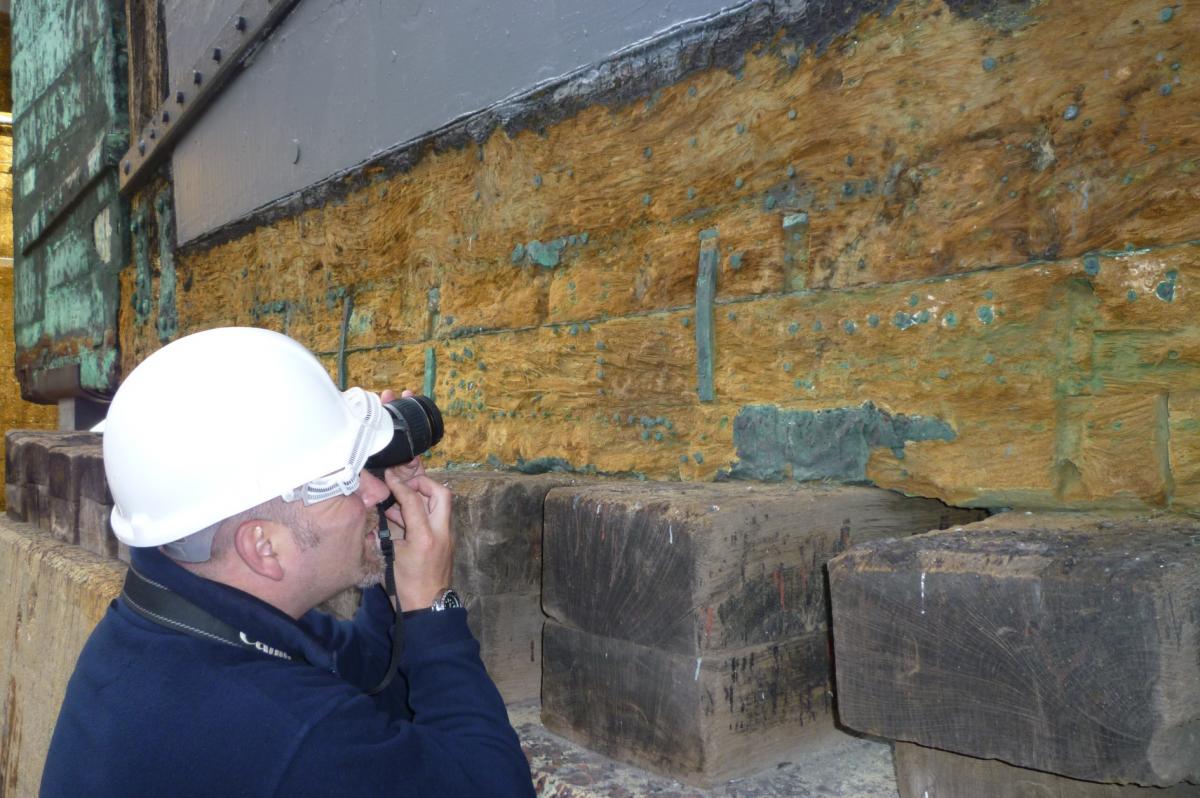
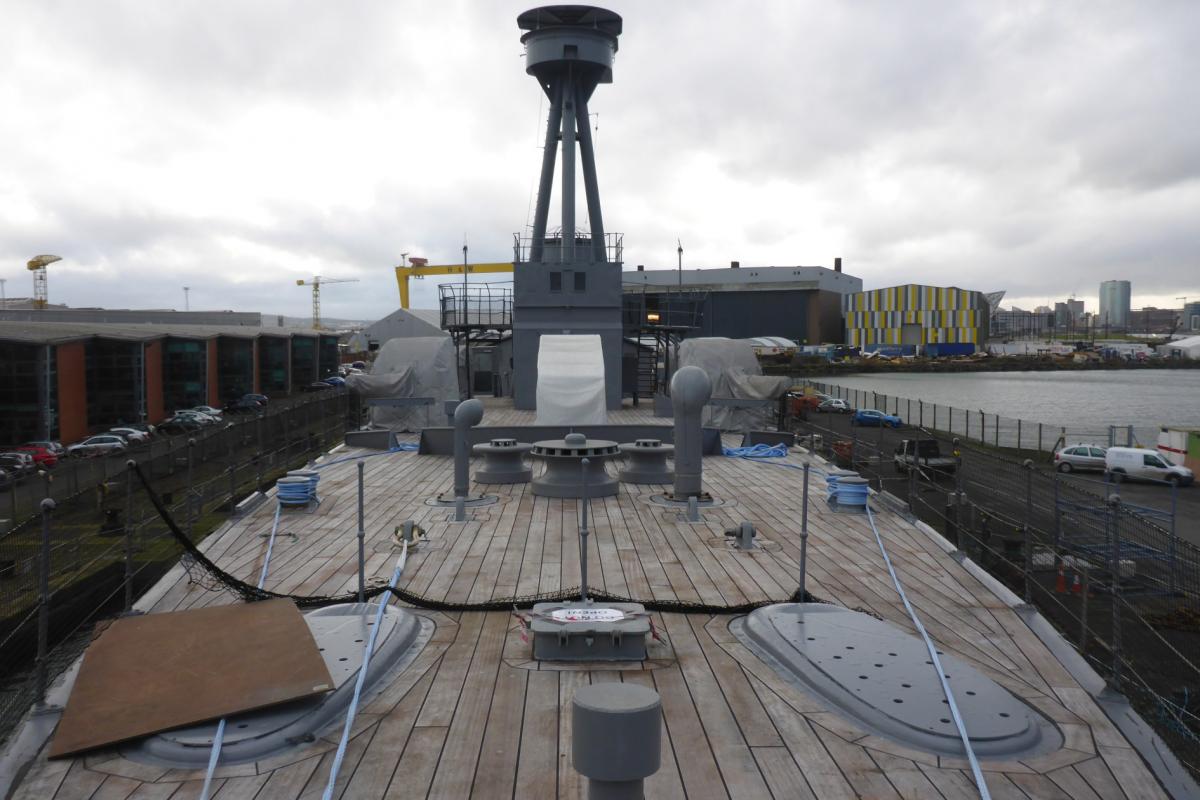
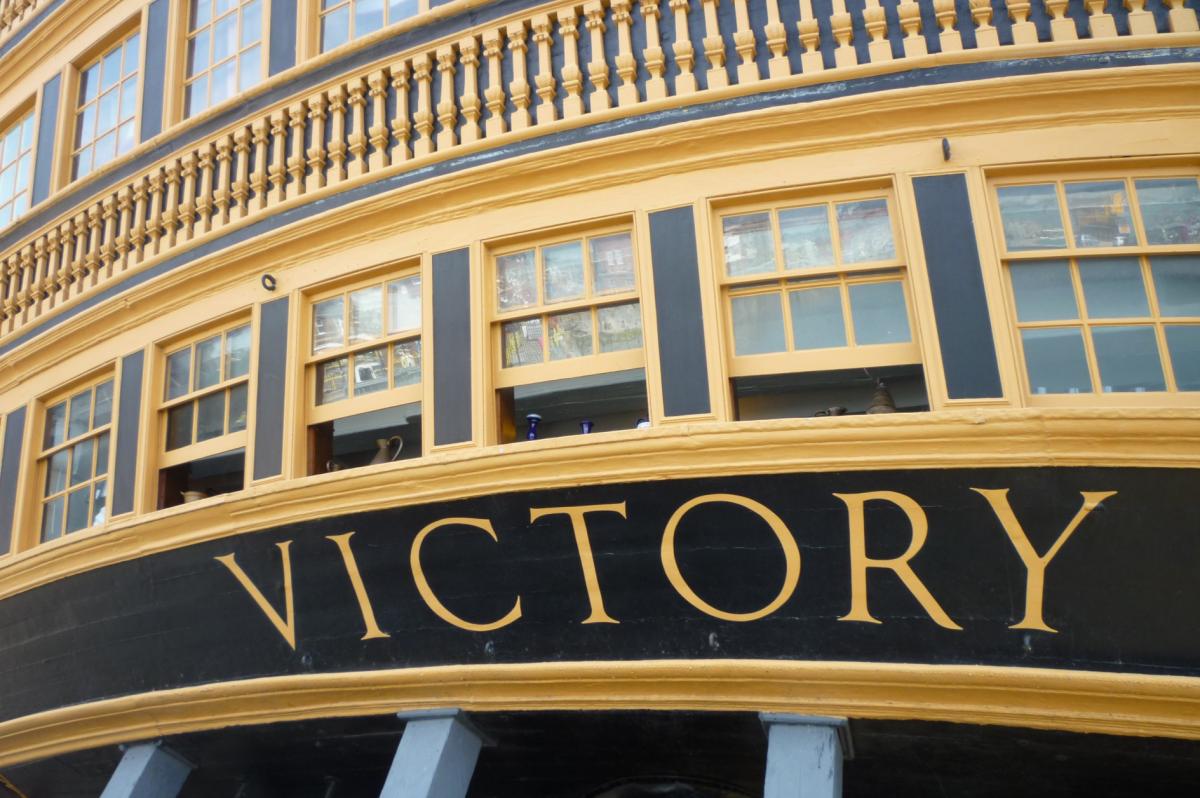
Our most extensive work so far was conducted for the HMS Victory Conservation Management Plan, which as the flagship of not only Nelson but also the NMRN, required an exhaustive study and appreciation of the fabric and social history of the ship. The identification of gaps in understanding in the fabric history of the ship led to a full survey of the timber marks left by shipwrights and dockyard workers to help identify timbers during both the construction of Victory and later repairs and rebuilds. Extensive paint analysis was also completed by Crick Smith to discover and then replicate the Trafalgar paint scheme for the ship. These advances in understanding the ship’s fabric history have served to increase the significance of areas of the ship, and as a demonstration of the Georgian period navy in her newly restored Trafalgar paint scheme.
HMS Caroline, based in Belfast is the last surviving ship to have fought in the Battle of Jutland. Having been in commission as Northern Ireland’s RNVR base until 2012, the ship had been heavily adapted to function as a Reserves ship. Our work was to firstly identify the areas of significance for the ship (First World War, Jutland, cruiser warfare, Women and Reserves in the RN) and then identify ways in which these could be enhanced. The original Conservation Management Plan dealt with the ship as she was received from the RNVR, identifying where fabric removal could enhance the significance of a compartment, or an area or indeed the whole ship. Following the decision to return the ship to as close to its Jutland rig as possible, while retaining important developments from the Reserves period such as the drill hall, Wessex Archaeology worked with contractors to record newly exposed fabric as more recent fabric was removed. This included the full recording of teak decking thought to be original from the starboard waist which had been protected under a now-removed rifle range. Following the completion of the major works, Wessex Archaeology returned to update the CMP to reflect the ship’s present, hugely improved condition and to prepare a long term maintenance plan to ensure day to day maintenance and long term management of the ship keep her in A1 condition.
The only submarine in the NMRN collection, HMS Alliance, was built in 1945 and then refitted and adapted for technological advances during the early Cold War. Following a £7 million conservation and restoration programme, the ship is open to visitors once again. Wessex Archaeology have been providing assistance for the overall Conservation Management Plan with archaeological recording of the interior and laser scanning of the exterior.
